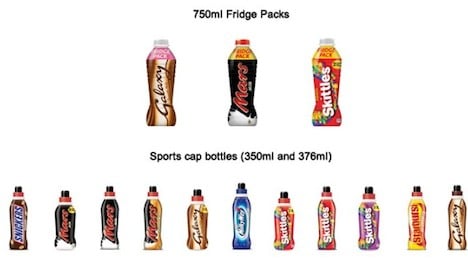On August 15, Mars-brand drink products manufactured by German company Milchwerke Mittelelbe GmbH were subject to a recall in the UK and Germany after fears of bacterial contamination.
Now the recall has been extended to Austria, as it has recently been learned that a batch of 944 potentially infected bottles was imported by a distributor, according to a report by Friedl Business news. Previously, Mars Austria claimed that the contaminated product had not been sold in Austria.
The affected products are 350 ml bottles of Mars Milk, Bounty Drink, Snickers Shake and Milky Way Milk, with expiration dates between 19 December 2014 and 11 April 2015. Consumers have been warned not to drink any of these products with the affected expiration dates.
Mars had announced that it was possible that in some of the manufactured drinks a bacterium called Bacillus Subtilis could be present, which can possibly cause food poisoning. The company announced that the recall constitutes a "voluntary precautionary measure".
A Mars spokesperson said: 'We want to ensure that anyone in possession of these products with these best-before dates is aware that they should not be consumed and that contact should be made with our consumer care team for more information.'
She continued: "Mars Chocolate Drinks have spoken to the UK Food Standards Agency (FSA) to ensure all requirements are being followed."
"Mars and our suppliers take quality and food safety very seriously and apologise for any inconvenience."
Food contamination has been in the news recently, with deadly outbreaks of Listeria in Denmark and Salmonella in the UK, the latter also being detected in Austria.



 Please whitelist us to continue reading.
Please whitelist us to continue reading.
Member comments